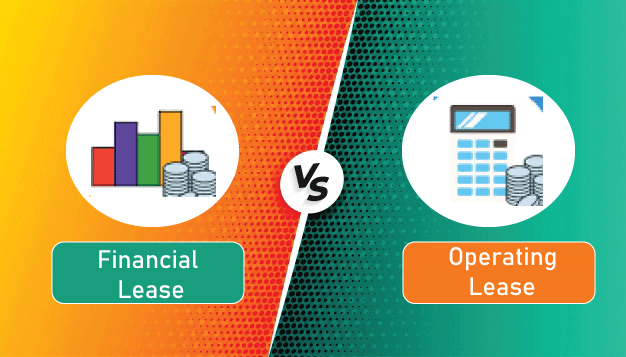Operating Lease vs Finance Lease: Leases play a significant role in business operations, allowing companies to access assets without the hefty upfront costs associated with purchasing property, plant, and equipment (PPE). In accounting, there are two primary types of leases: finance leases (also known as capital leases) and operating leases. Let’s explore the key differences between them and their impact on the balance sheet.
Balance Sheet Basics: Assets and Liabilities
Your balance sheet provides a snapshot of your company’s financial position at a specific point in time. It’s essentially a two-sided equation:
- Assets: Everything your company owns that has value (e.g., cash, inventory, equipment).
- Liabilities: What your company owes to others (e.g., loans, accounts payable).
Operating Lease vs Finance Lease
The way a lease is classified – operating or finance – following its impact on your balance sheet:

Operating Lease: Traditionally, operating leases were considered “off-balance sheet” financing. This meant the leased asset wasn’t reflected as an asset, and lease payments were simply recognized as expenses. However, with the introduction of ASC 842 (and IFRS 16 for international companies), most leases with a term of 12 months or longer now require a different approach:
- A Right-of-Use (ROU) Asset is recorded on the balance sheet, representing the lessee’s right to use the leased asset.
- A corresponding Lease Liability is also recorded, reflecting the future lease payments owed.
- Lease payments reduce the lease liability and depreciate the ROU asset over the lease term.
Finance Lease (Capital Lease): With a finance lease, ownership of the asset is essentially transferred to the lessee by the end of the lease term. This is similar to taking out a loan to buy the asset. Consequently, the lease has a more significant impact on the balance sheet:
- The leased asset is recorded on the asset side of the balance sheet.
- The present value of the future lease payments is record as a lease liability.
- The lessee depreciates the asset and recognizes interest expense on the lease liability over the lease term, impacting both the income statement and balance sheet.
| Operating Lease | Finance Lease | |
|---|---|---|
| Ownership | Retained by the lessor during and after the lease term. | Transfers to the lessee at the end of the lease term. |
| Bargain purchase operations | Operating leases cannot contain a bargain purchase option. | Enables the lessee to buy an asset at less than fair market value. |
| Terms | Less than 75% of the asset’s estimated economic life. | Equals or exceeds 75% of the asset’s estimated useful life. |
| Present Evaluate | The PV of lease payments is less than 90% of the asset’s fair market value. | PV of lease payments equals or exceeds 90% of the asset’s original cost. |
| Risks/benefits | Right to use only. Risks/benefits remain with the lessor. | All risk is transferred to the lessee. |
Balance Sheet Impact: A Comparative Table
| Feature | Operating Lease | Finance Lease |
|---|---|---|
| Asset on Balance Sheet | No | Yes |
| Liability on Balance Sheet | No | Yes |
| Impact on Debt-to-Equity Ratio | Decreases | Increases |
| Expense Recognition | Operating expenses | Depreciation and interest expense |
How to choose?
Choosing between operating and finance leases depends on your specific needs and financial objectives:
- Short-term needs: Operating leases are ideal for short-term needs, allowing you to access equipment without long-term commitments.
- Maintaining financial flexibility: Operating leases can preserve financial flexibility by avoiding asset acquisition and debt obligations.
- Minimizing debt burden: Operating leases can help reduce debt-to-equity ratios, potentially lowering borrowing costs.
- Accessing newer technology: Finance leases provide ownership rights, allowing you to upgrade equipment more easily.
- Tax advantages: Finance leases can offer tax benefits through depreciation deductions.
Conclusion: Operating Lease vs Finance Lease
Understanding the balance sheet implications of Operating Lease vs Finance Lease is crucial for accurate financial reporting and strategic decision-making. Finance leases lead to higher recognition of assets and liabilities, altering key financial ratios and expense patterns, while operating leases offer smoother expense recognition with less dramatic balance sheet impact. Both types of leases require careful consideration to ensure compliance with accounting standards and accurate representation of a company’s financial position.
